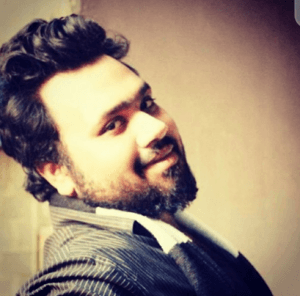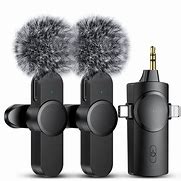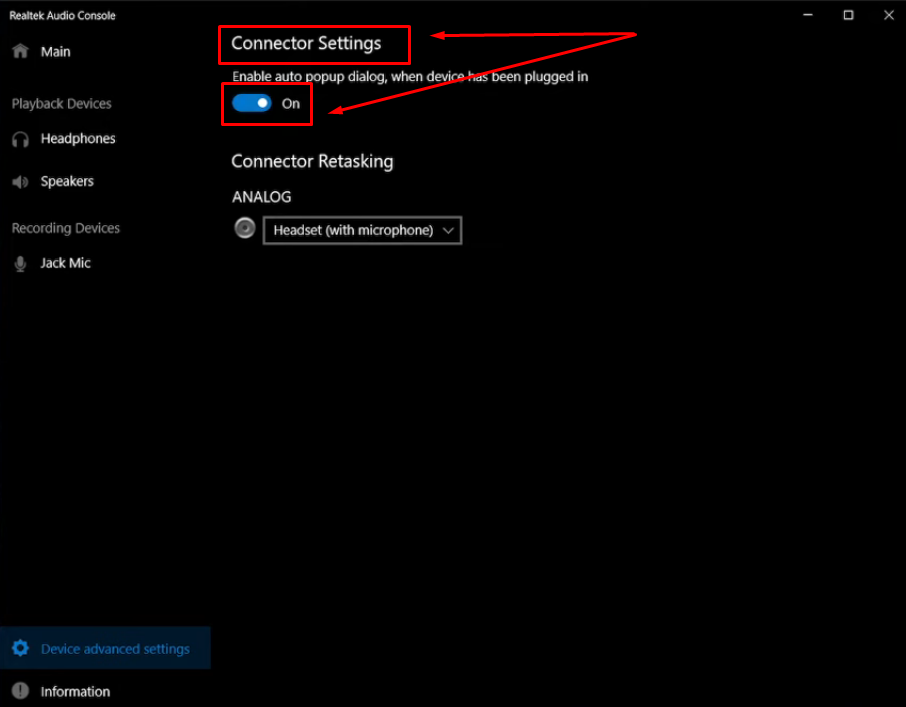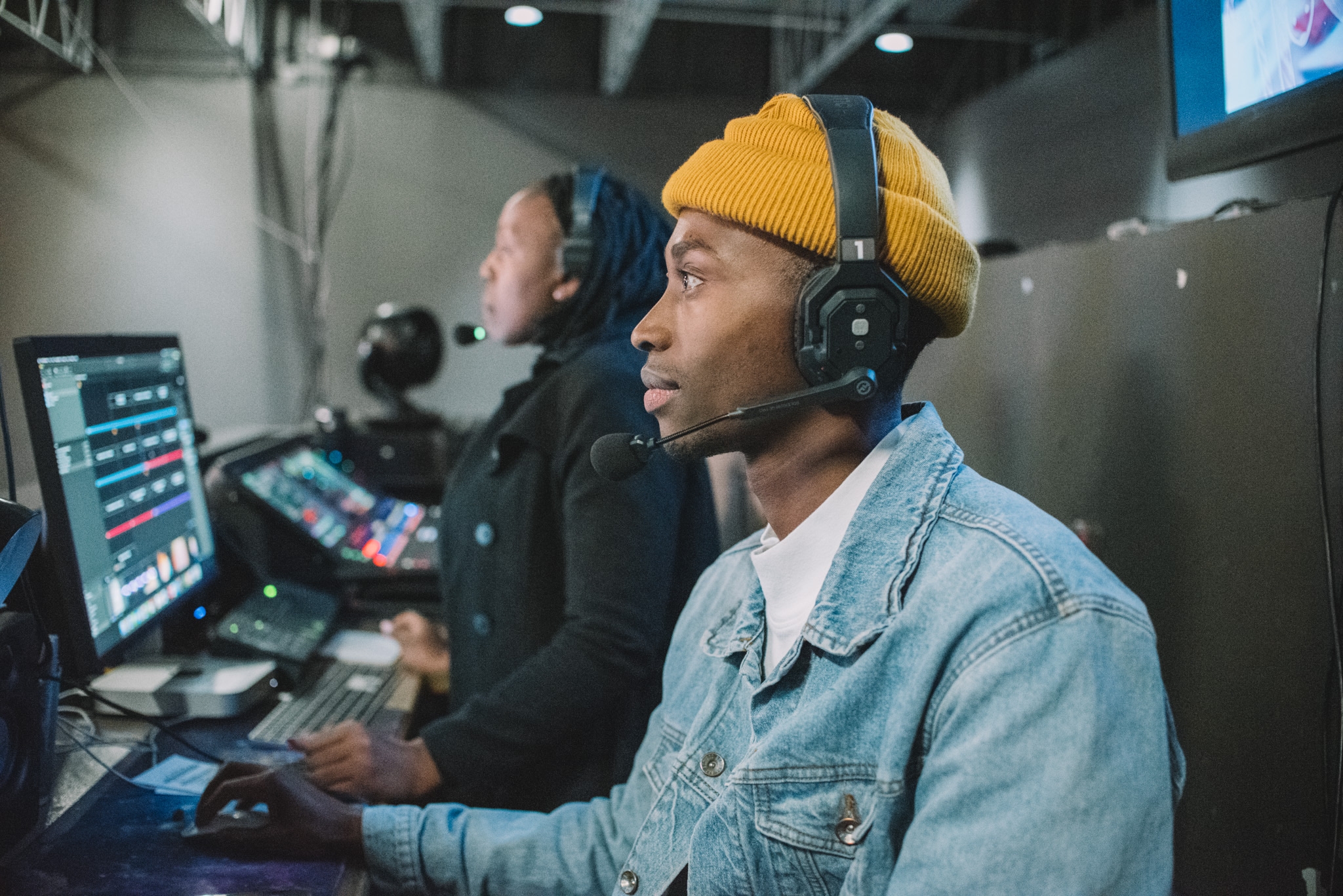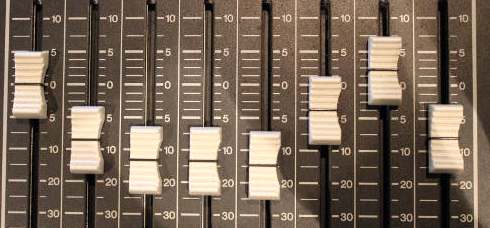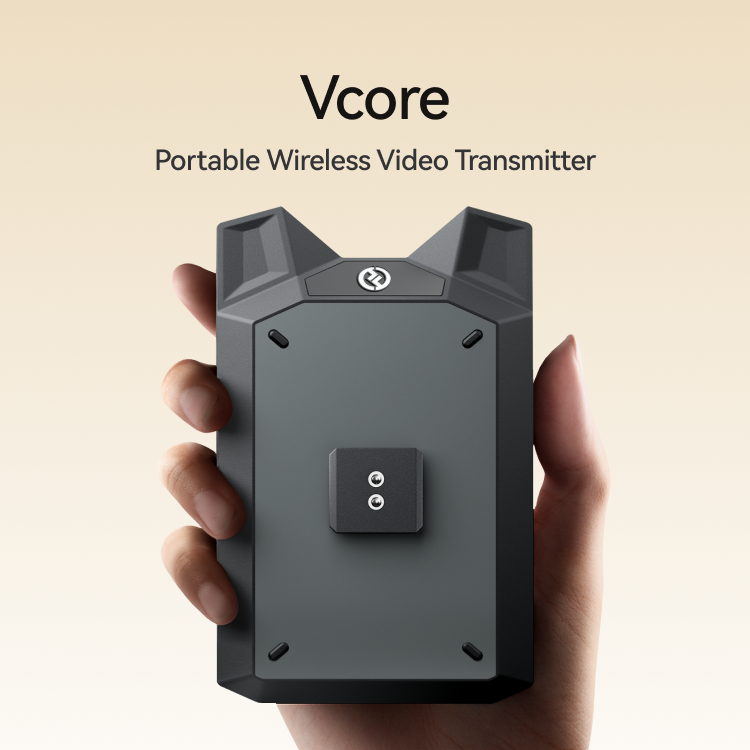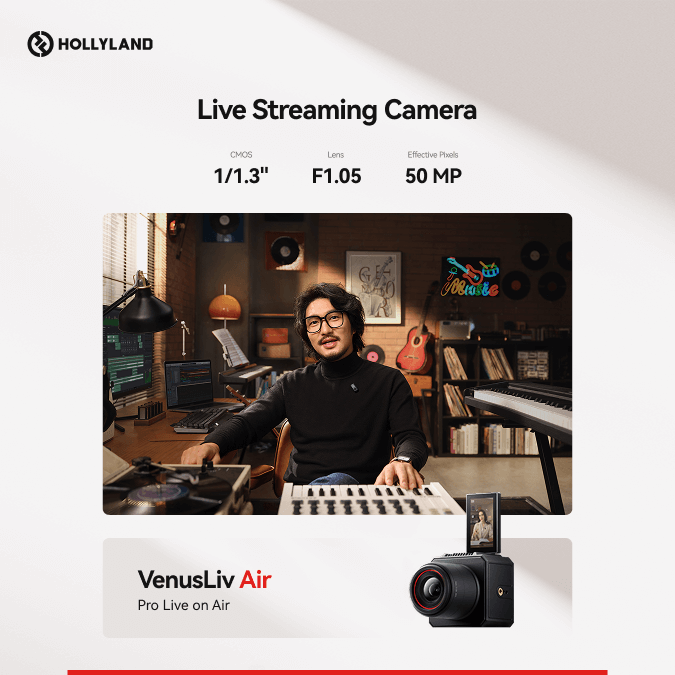Getting good sound isn’t just luck. You need the right tool. If you’re recording music, going live, or making fun videos, your mic matters more than you think. A good one can boost your voice and your confidence too.
Now here’s the tricky part: choosing the right microphone. The market’s packed with options, and it’s easy to feel stuck. Some mics look cool but don’t deliver. Others sound great but cost a fortune. This article makes it simple. It points out five models worth checking out. You’ll see a mix of wireless lavaliers, handheld types, and one or two made for studio vibes. If you’re after a professional microphone that fits your needs, this list will do the trick.
5 High-End Microphones for Professionals in 2025
1. Hollyland Lark Max

Seeking a professional microphone system to enjoy wireless operations? Hollyland Lark Max gives you more than that. Lark Max is made for creators and artists who adore high-quality audio.
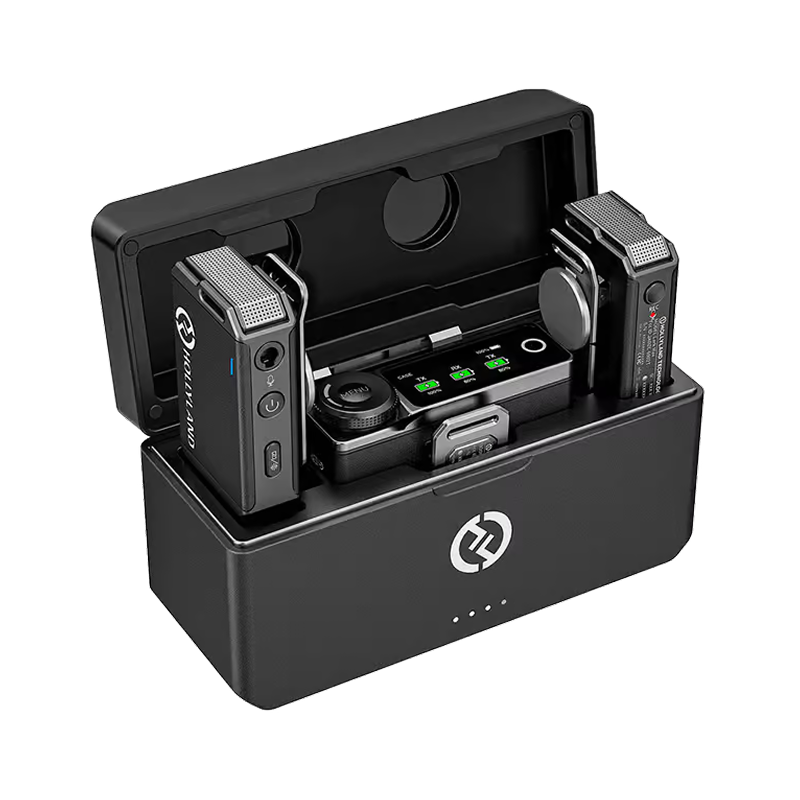
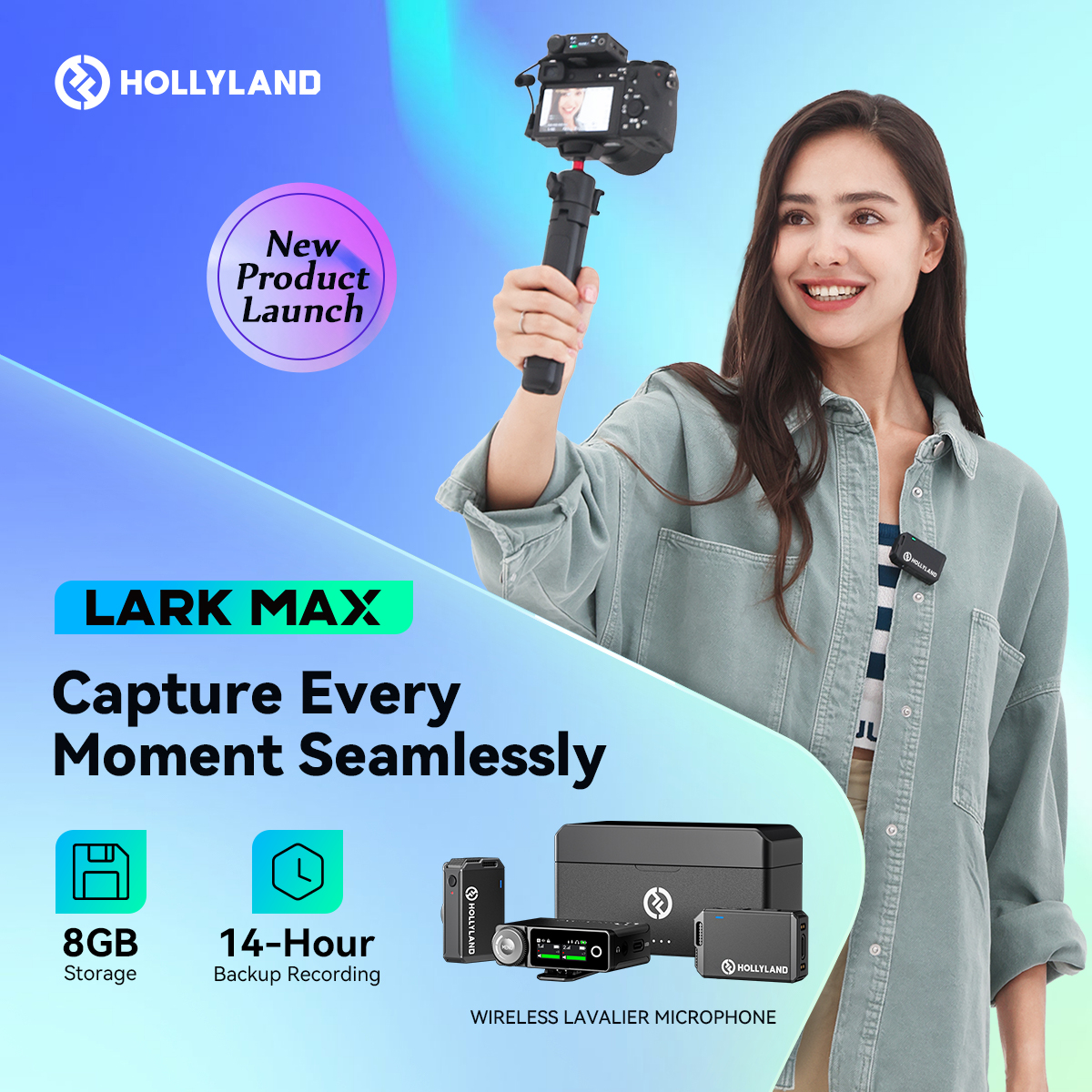
Hollyland LARK MAX - Professional Wireless Microphone
A professional wireless microphone system featuring studio-quality audio with advanced noise cancellation.
Key Features: Studio-Quality Audio | Magnetic Attachment | 8GB Internal Recording
Speaking of quality, Lark Max uses MaxTimbre Mic technology to capture detailed sounds. At the same time, it minimizes undesired resonance. Then comes the Digital Signal Processing (DSP) that filters out interference for added clarity. It records vocals or instruments at 48 kHz/24-bit. Finally, to suppress ambient noises, this wireless mic kit also comes with a toggle on/off Professional Environmental Noise Cancellation feature. So whenever there’s unwanted chirping, road traffic sounds, or something similar, simply toggle on or off the ENC mode from the TX and RX unit.

With the transmitters and receivers in the package, you can record sound up to 820ft. Each transmitter works up to 7.5 hours once fully charged. Whereas, the receiver unit operates for about 9 hours. You can also increase operating time up to 22 hours when you use these components within the charging case.
In case you’re stuck in a place where signals are down, no worries! The transmitter with an integrated omnidirectional mic allows up to 14 hours of lossless and uncompressed recording. And all the files are saved within its built-in 8GB memory. That’s a perfect feature for adventurers, travelers, office professionals, and field producers who don’t want to compromise the audio quality if recording in an unsuitable environment.
2. Sennheiser MM 435 Dynamic Capsule

The Sennheiser MM 435 lets any voice shine through the mix. Its advanced voice coil, made of aluminum and copper, helps pull out the crispest parts of a vocal. Even softer parts of a performance stand out without extra effort. While it catches fine details, the mic stays tough in busy environments. It can handle movement, different angles, and changes in distance without losing clarity. Thanks to its cardioid design, background noise and unwanted feedback stay out of the way.
This mic builds on the trusted legacy of the MD 9235. That model made a name for itself in top-tier shows and major broadcast setups. The MM 435 follows that path but brings fresh upgrades. It snaps perfectly into all Sennheiser wireless units that use the company’s popular capsule connection. The mic has a big diaphragm and solid metal grille. Inside, the capsule sits on a spring mount to block out bumps and knocks. A special coil is tucked in to cancel hum from electronics around it.
For singers, hosts, or performers who need clarity, this mic delivers. It’s made to bring out detail while holding its ground under pressure. It also resists feedback, which makes it a reliable partner on any stage. Its sound pressure rating is impressive, and the capsule works fast to capture live energy without delay.
3. Telefunken M80
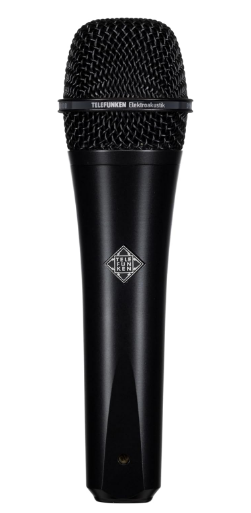
The Telefunken M80 might look like a tough guy, but it sure sings with the charm of a studio favorite. It performs with the clarity of a condenser yet stays loyal to its strong dynamic core. Whether it’s rocking a concert or adding polish in a quiet studio, this mic plays both roles well. Thanks to its high sound pressure level, it easily catches loud vocals or punchy drums without missing a beat. Its secret lies in the custom transformer and clever design, which help reduce those pesky handling noises.
Built to last and hand-assembled in the USA, it can survive the rough life of constant travel. Its slim body and smooth finish also make it easy to carry and set up. The microphone comes with a snug zip pouch and a solid clip for secure mounting. Inside, the M80 hides a powerful dynamic coil and a responsive supercardioid capsule. This helps keep the focus on the source while ignoring sounds from the sides. The frequency response stretches nicely from low to high, capturing the details without sounding harsh. With a good amount of sensitivity and a strong output, it works smoothly with most gear setups.
4. Shure SM7B

The SM7B from Shure makes voices sound rich and full. It captures clear audio while cutting out background noise. Many singers, podcasters, and streamers trust this mic. It’s a dynamic type, so it’s sturdy and steady. But it needs a good preamp that can push about 60dB of gain. Without that, the sound might feel a bit low.
With a smooth and extended frequency range, it captures music and speech in a very natural way. There are built-in tone controls for bass rolloff and a midrange boost, so shaping your sound is simple. The mic also does a great job of blocking out unwanted hum from electronics nearby, thanks to its shielded design. The internal shock system works quietly to absorb any handling or vibration noise.
Its pop filter is solid, even during close-range recording. There is no need for extra layers to stop harsh breath sounds. The cardioid pattern helps it focus on the speaker’s voice and ignore sounds from the sides. It also mounts securely on most stands, making it easy to set up anywhere. From voiceovers to vocals, this microphone handles it all with clarity and confidence.
5. Neumann U 87 Ai

Ask anyone who’s worked in a studio long enough, and chances are they’ve crossed paths with the U 87 Ai. It’s not just another microphone. It has a familiar tone that’s warm, honest, and, somehow, always just right. Whether it’s for vocals, voiceovers, or a soft cello solo, this thing just works.
The design is old-school in the best way. It keeps what’s good and skips the extra fluff. You’ve got three polar patterns to pick from, and if things get too loud, there’s a handy pad switch to save the take. A low-cut option helps clean up the rumble if needed.
What’s cool is how it handles both loud and quiet stuff without breaking a sweat. That’s thanks to a clever FET setup and a smooth signal path. It helps everything come through clean, with no weird buzzing or static in the background.
Engineers still swear by it for everything from upright bass to piano. And if you ever hear a podcast or audiobook that sounds extra nice, odds are it was recorded on one of these. It’s dependable, and that’s rare.
Conclusion
Choosing the right mic isn’t rocket science, but it matters. The way your voice sounds can really shape the mood. A professional microphone brings clarity and confidence to the mix. Whether you’re in a studio or just streaming in your room, gear still matters. If dealing with cables sounds like a nightmare, the Lark Max keeps it wireless and easy. Need something strong for the stage? The MM 435 gets loud without breaking a sweat. Prefer a handmade touch? The M80 might charm you. The SM7B is a studio classic for a reason. And for vocals that really shine, the U 87 Ai hits every note right.
Frequently Asked Questions about Professional Microphones
Q1: What type of microphones do most professionals choose?
Professionals often pick their microphones based on the job at hand. Studio engineers, stage performers, and content creators don’t always use the same gear. Some big names favor classics like the Shure SM58 or SM7B. Dave Grohl has used the SM7B quite a bit. Then there’s the Neumann U87, which is considered a holy grail in studio circles. Ed Sheeran has been seen with the Sennheiser MM 435, while Justin Bieber sometimes uses mics from Telefunken. In the end, it’s all about sound preferences and matching the mic to the voice.
Q2: Which microphone brands are trusted the most?
There’s no single brand that fits every audio setup. Different people look for different things. Some want crisp vocals. Others want tough gear for live gigs. Still, a few brands always pop up. Shure is famous for its dependable stage performance. Audio-Technica delivers clean sound with great value. RODE and Hollyland are known for solid wireless gear and studio use. Picking the best brand depends on what you plan to do. Your mic should fit your voice, your gear, and your wallet. That’s the real win.
Q3: What should you look for in a pro microphone?
The best mics don’t just sound good. They feel good too. You want something that picks up your voice clearly. It should handle loud moments without getting fuzzy. Some mics keep a steady pickup pattern across frequencies, which helps with clarity. If you tweak EQ often, choose a mic that responds well. A good grip also helps during live use. And it’s great if the mic can block out handling noise. The right microphone works hard without making you work harder.
Q4: What exactly is a professional wireless microphone?
A professional wireless mic system is made of three parts. It needs a sound source, a transmitter, and a receiver. The source sends audio into the transmitter, which sends it to the receiver. It’s like a little radio station built just for your voice. You’ll find two popular types on the market. Lavalier mics clip to your clothes and stay out of the way. Handheld ones are perfect for on-stage action. These mics give you freedom to move without losing audio quality.
Q5: What’s the price range for professional microphones?
A good-quality mic doesn’t always come cheap. For small home studios, you can expect to spend anywhere from $250 to $500. That gets you strong build quality and solid audio. Higher-end models, often used by sound engineers and performers, go for over $500. These mics usually have better components and longer lifespans. You pay for clarity, depth, and detail. If you want gear that lasts and sounds top-notch, investing a bit more is usually worth it in the long run.
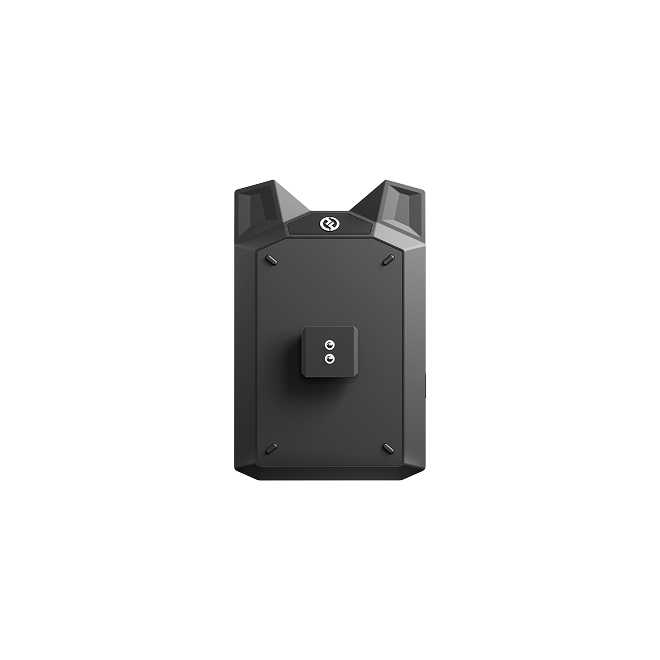

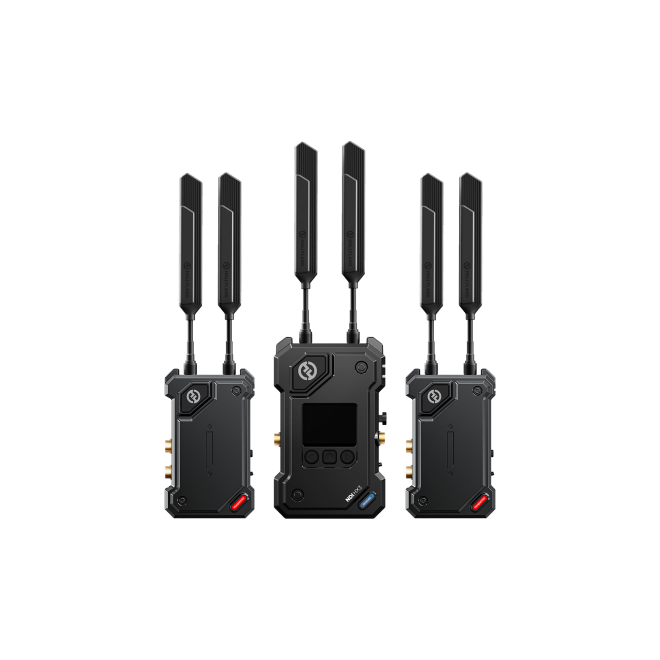
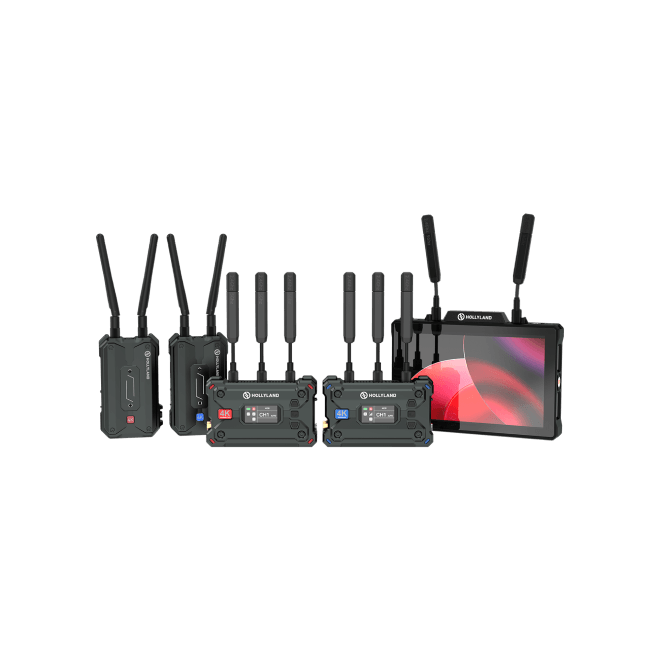
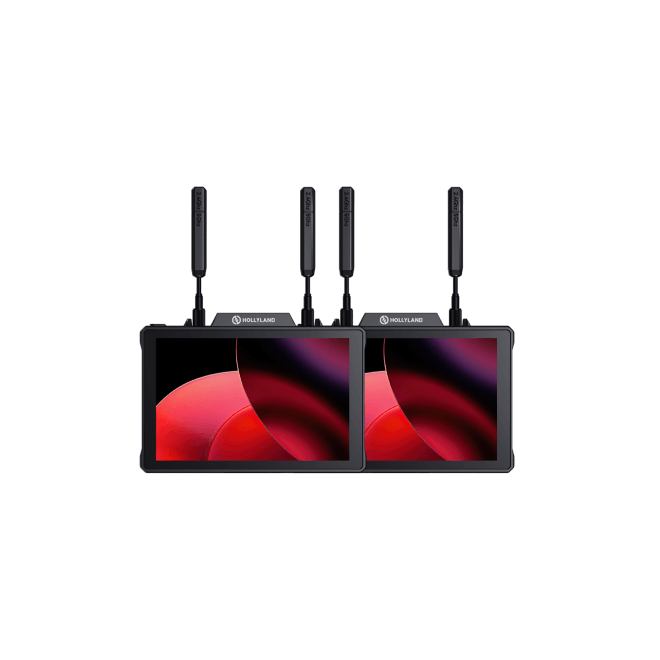
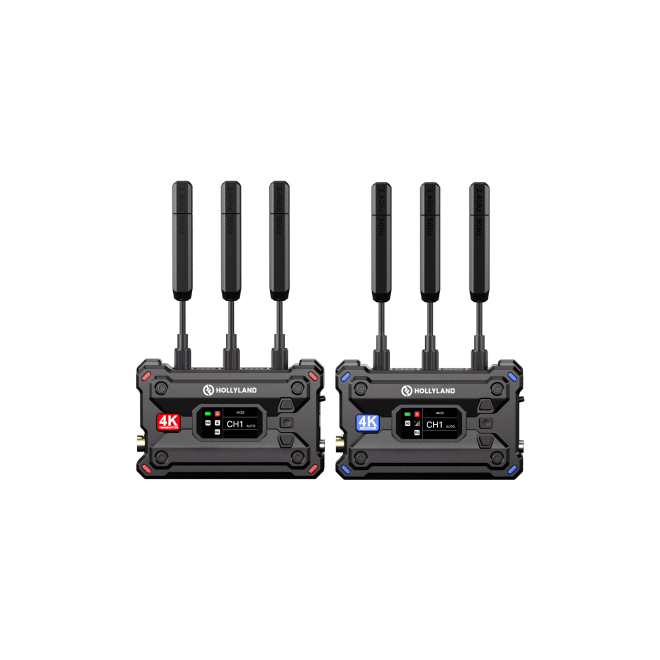
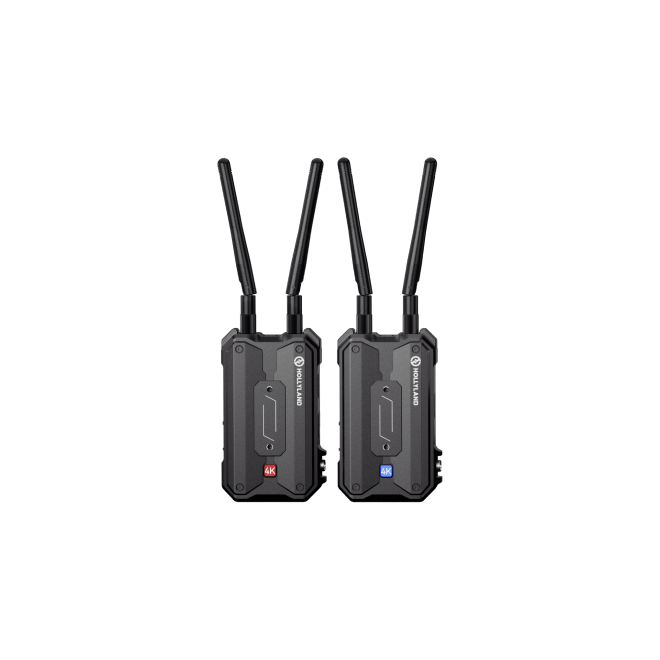
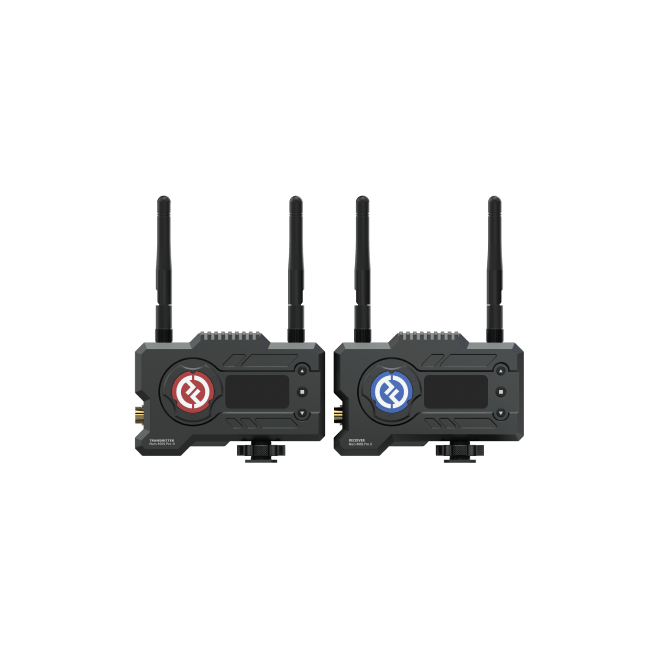
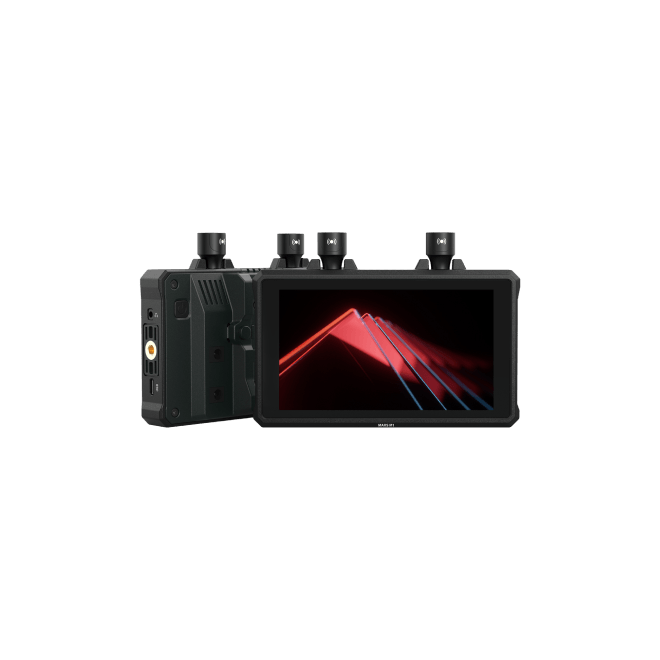
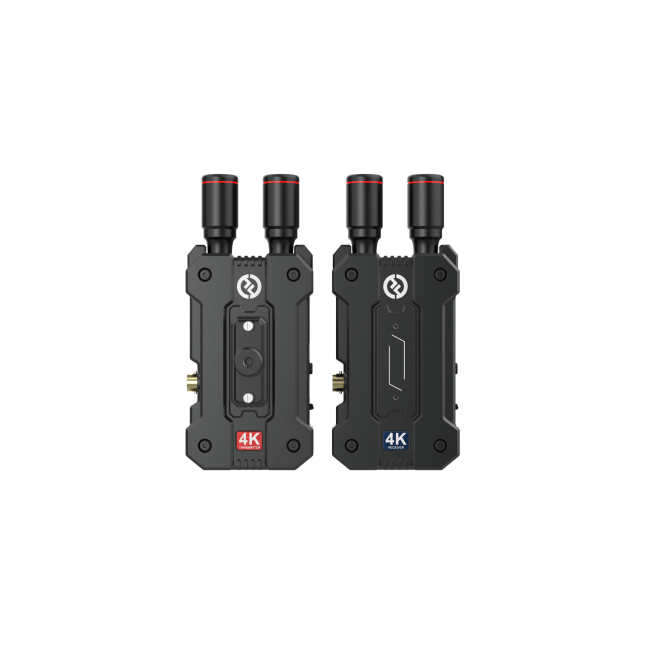
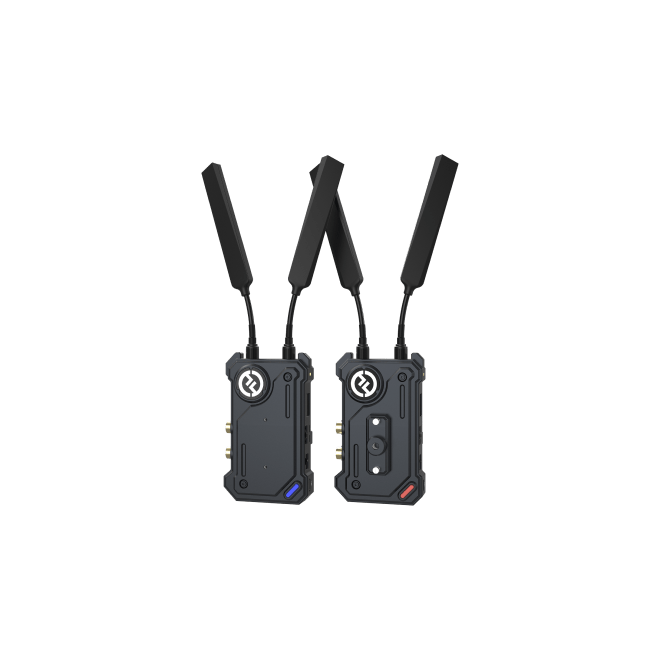
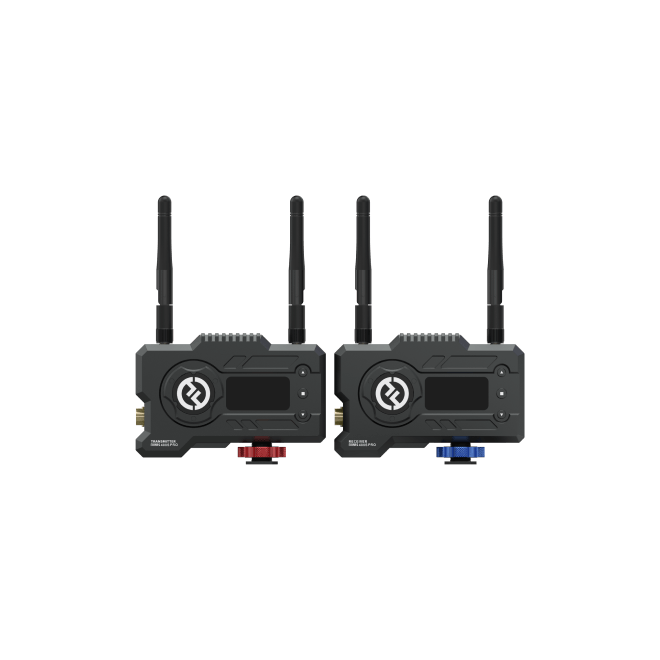
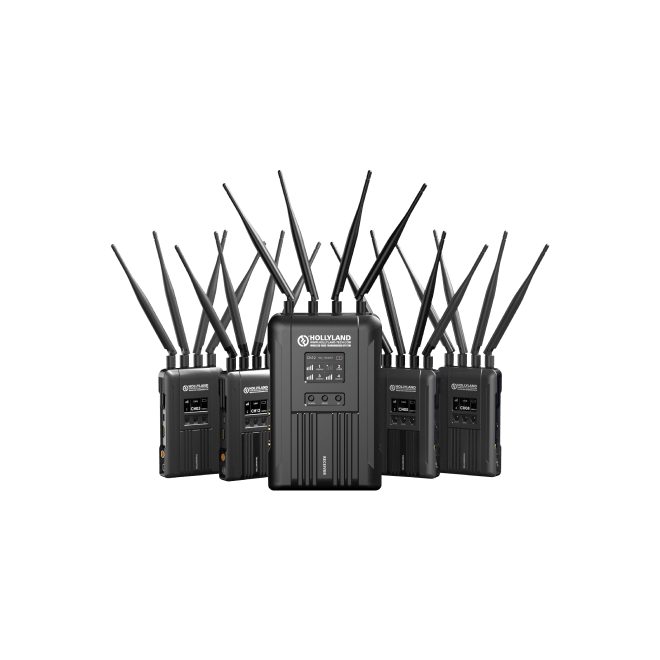
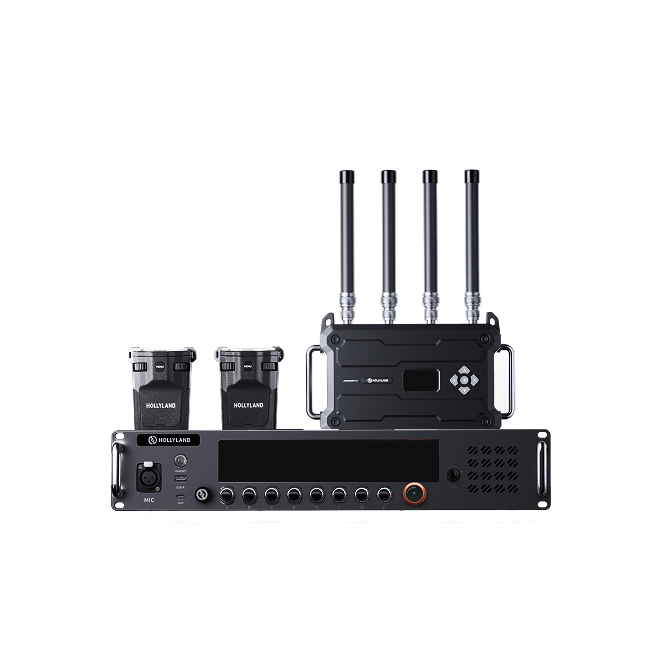

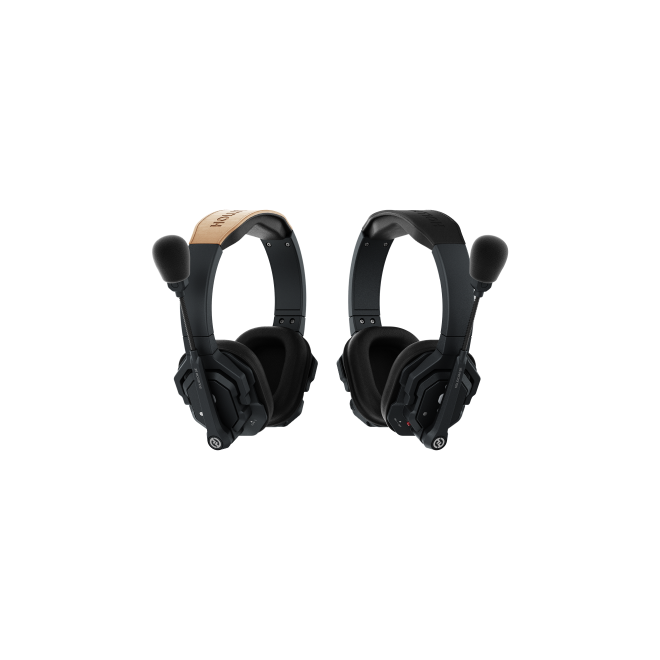

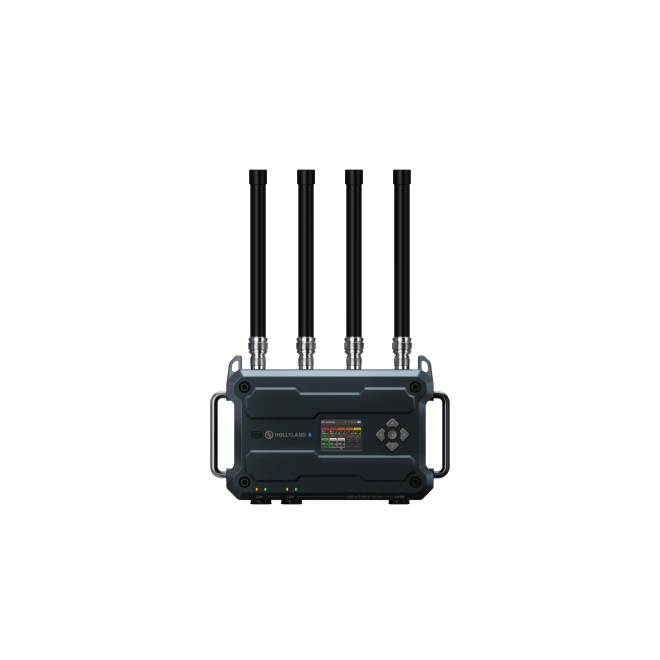
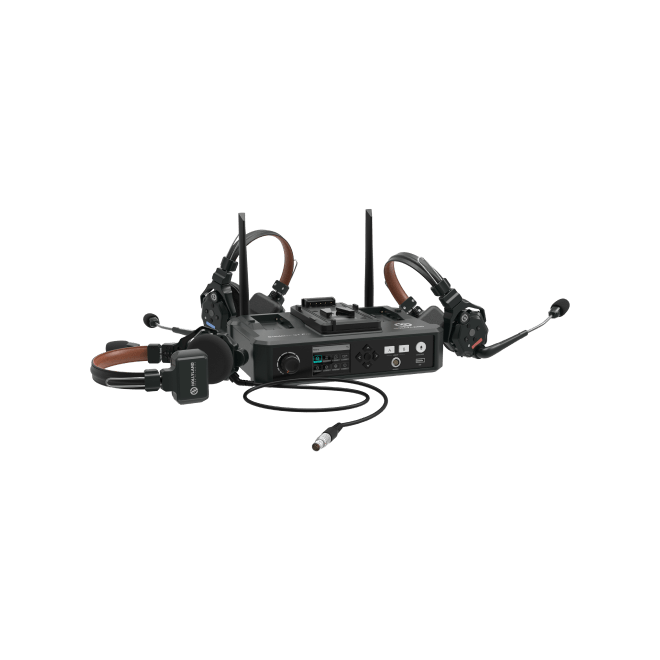
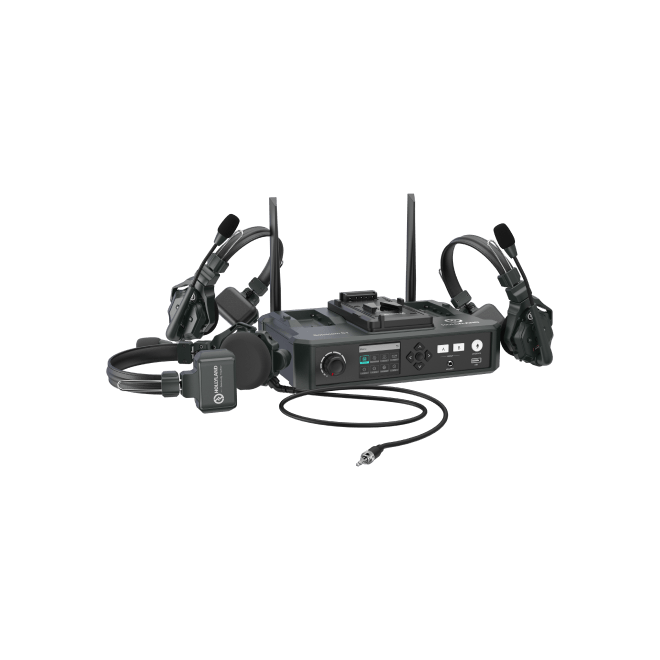
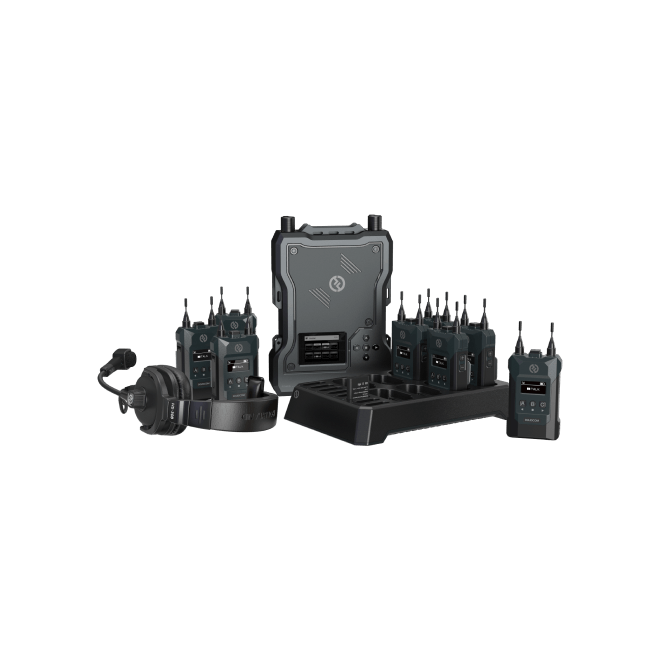
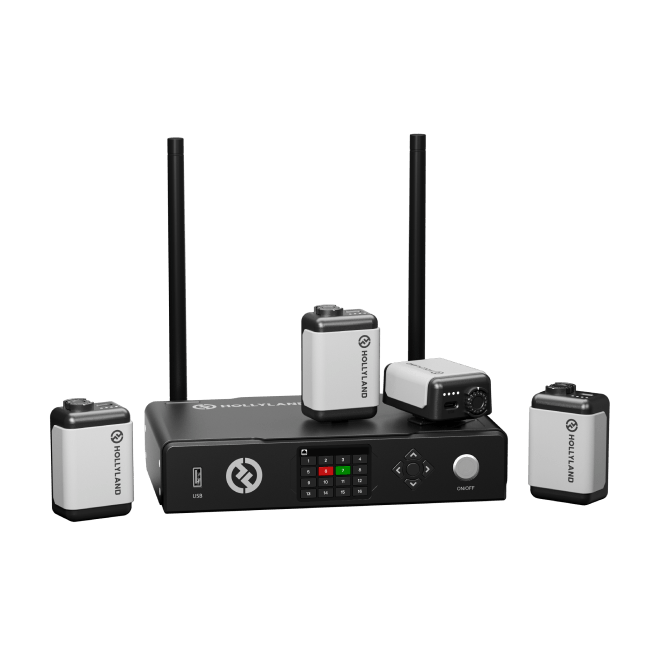
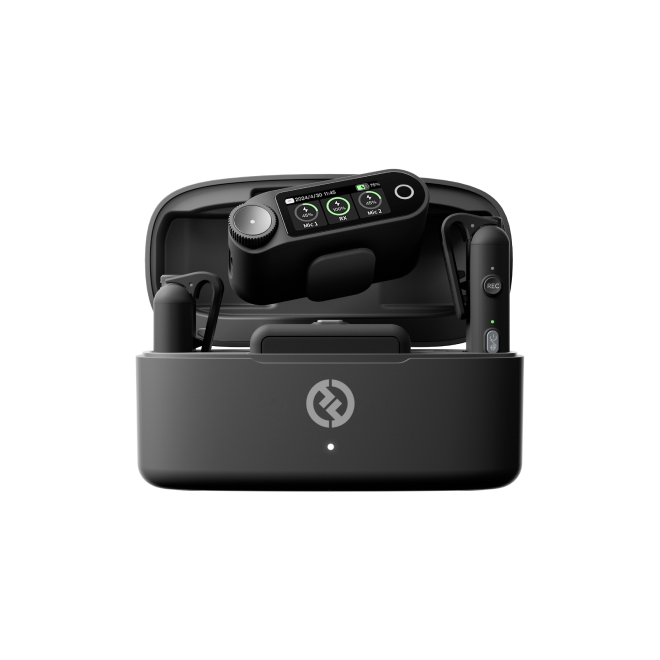
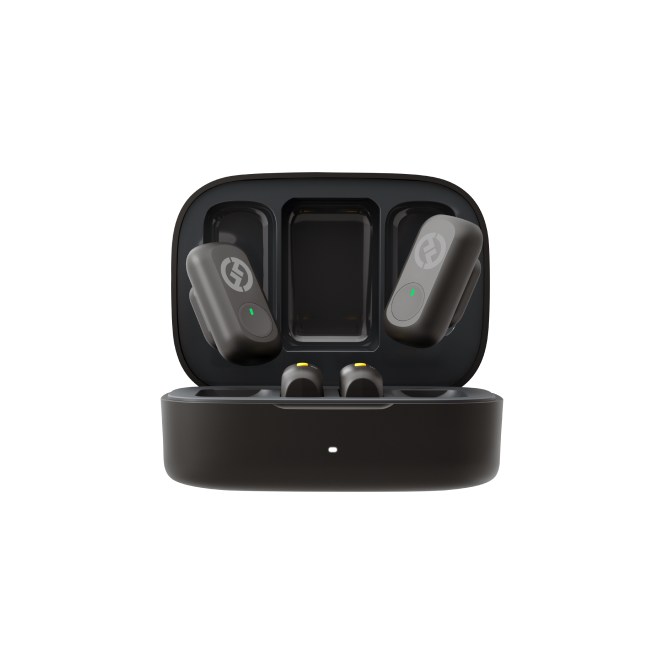

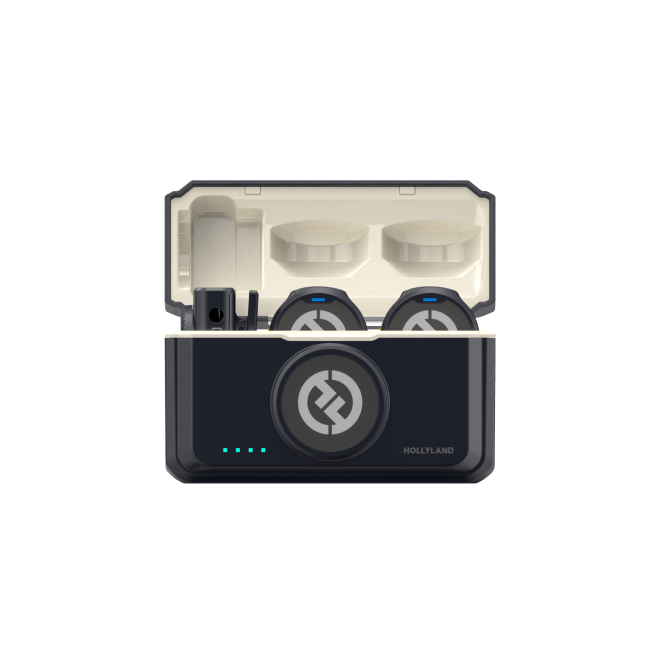
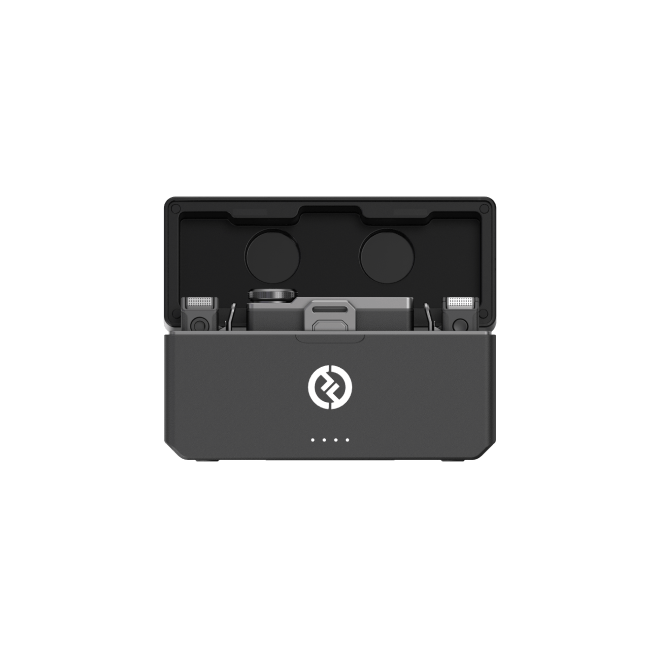
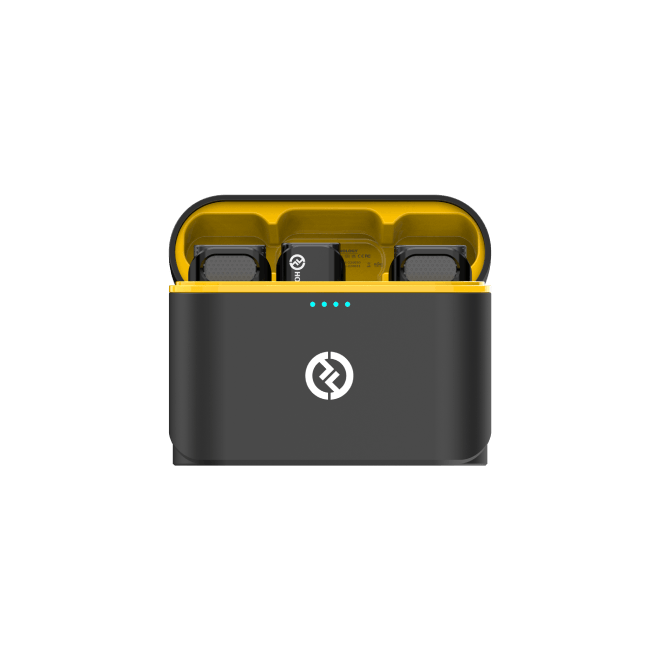
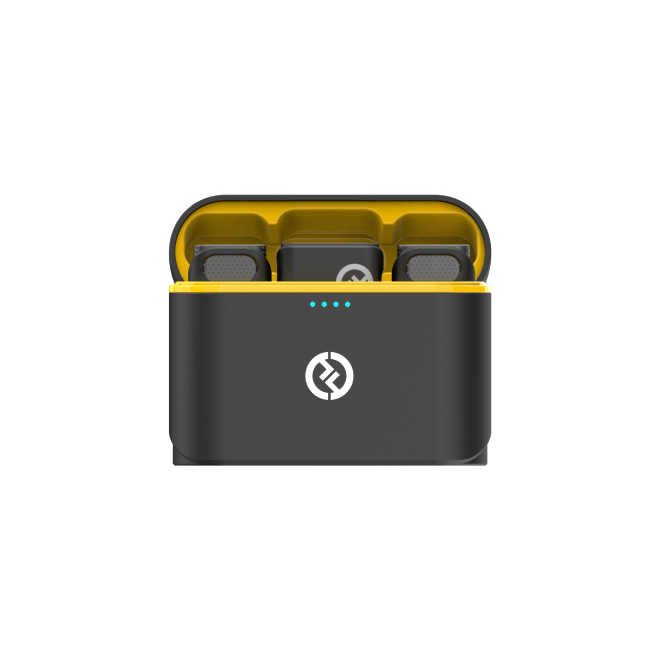
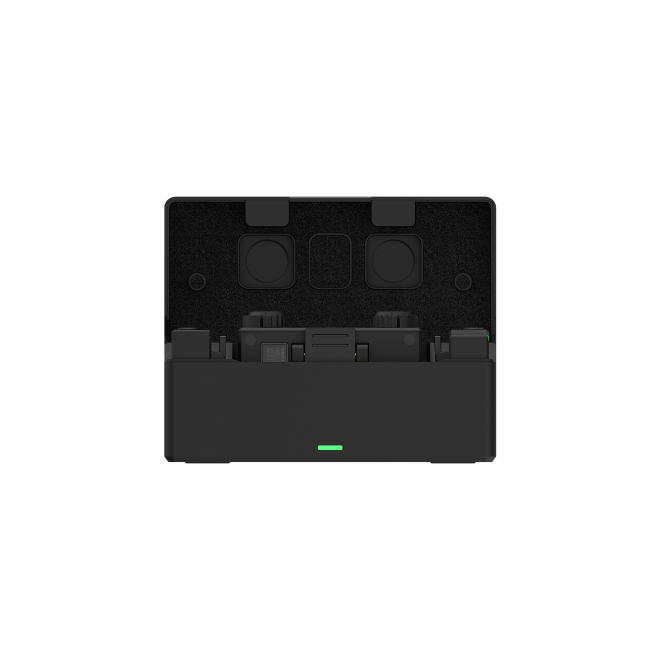
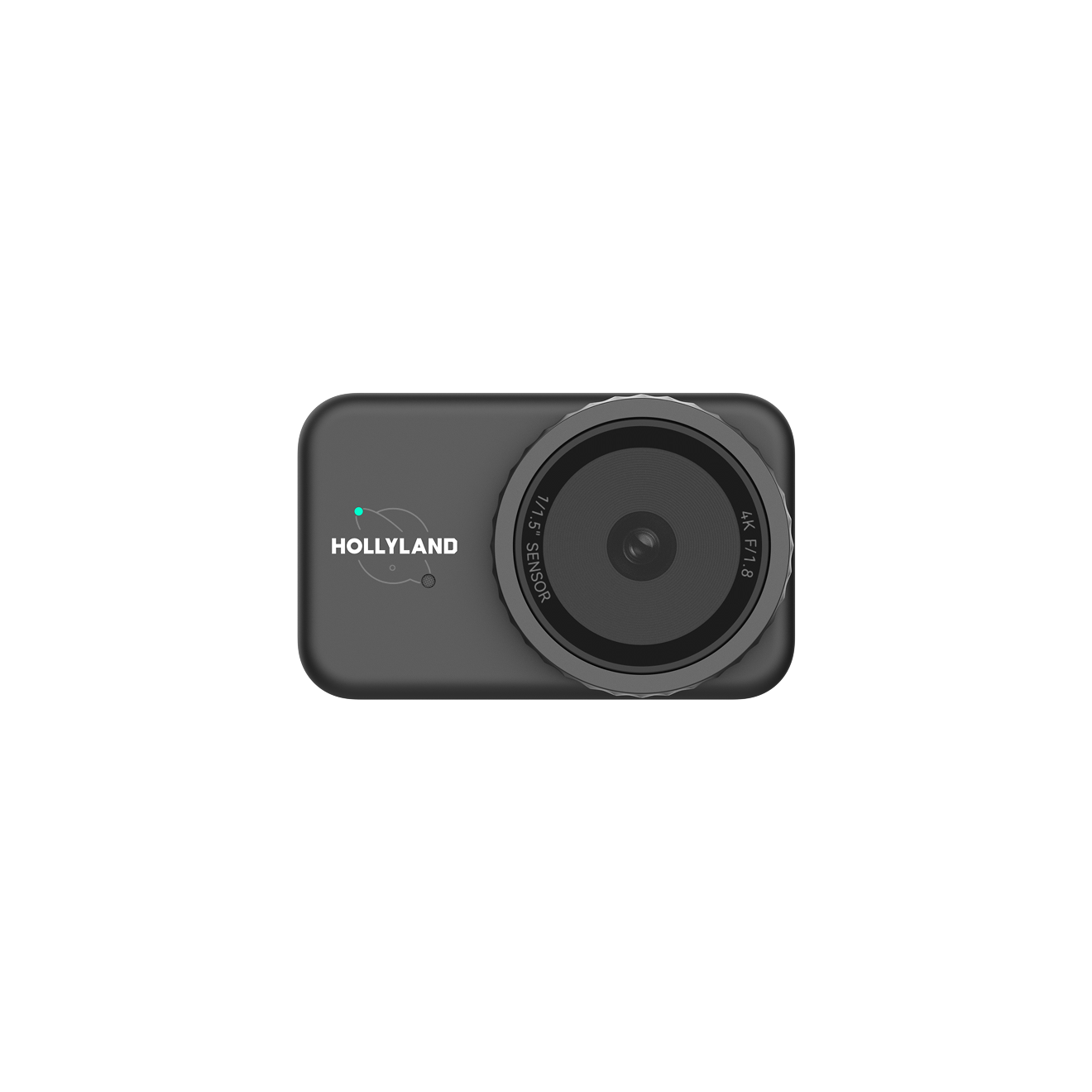

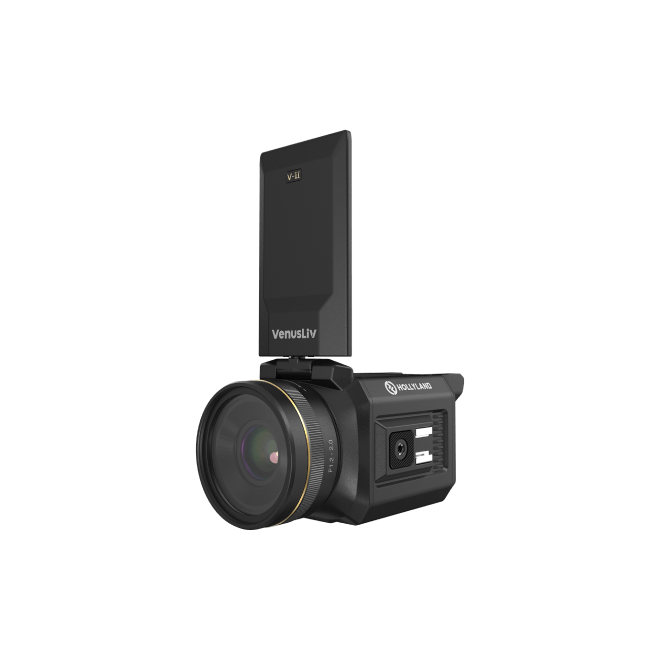
.png)

